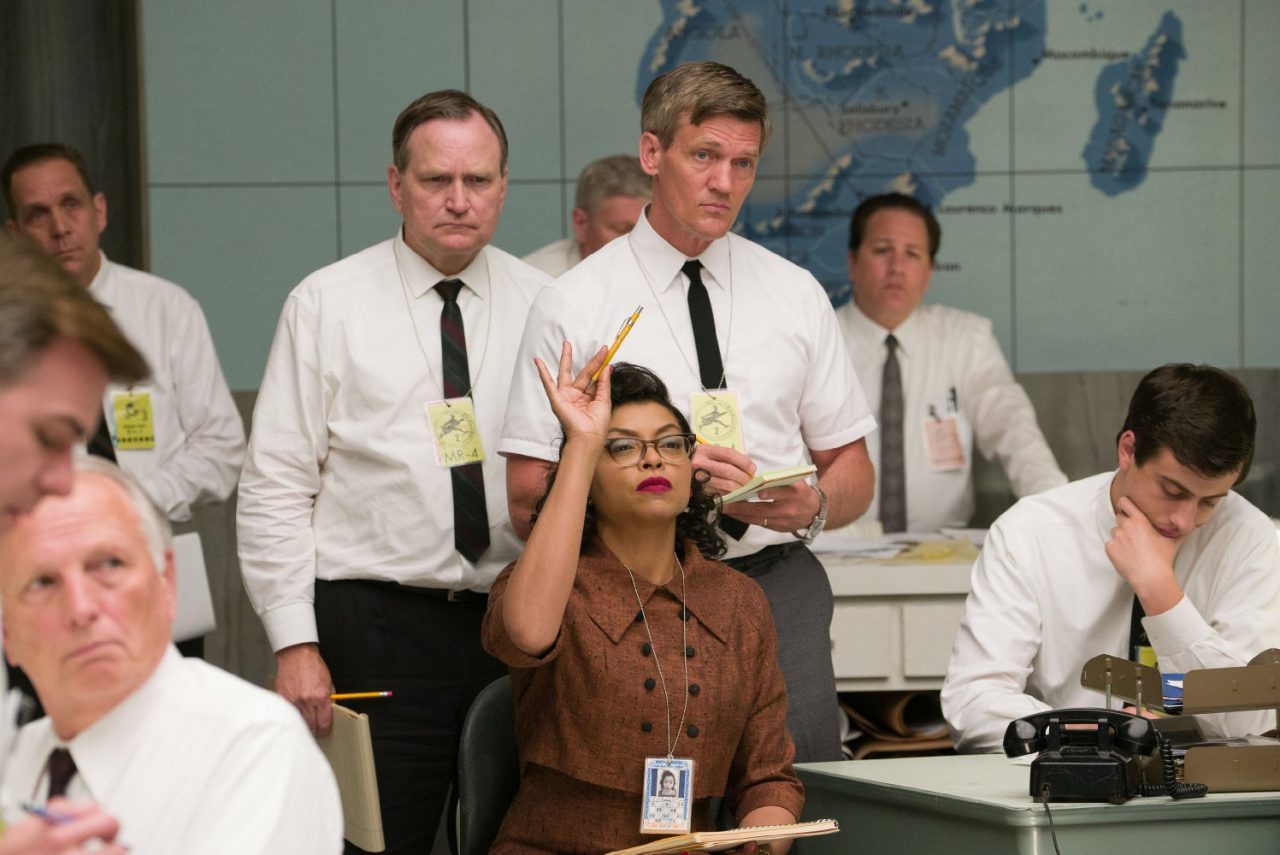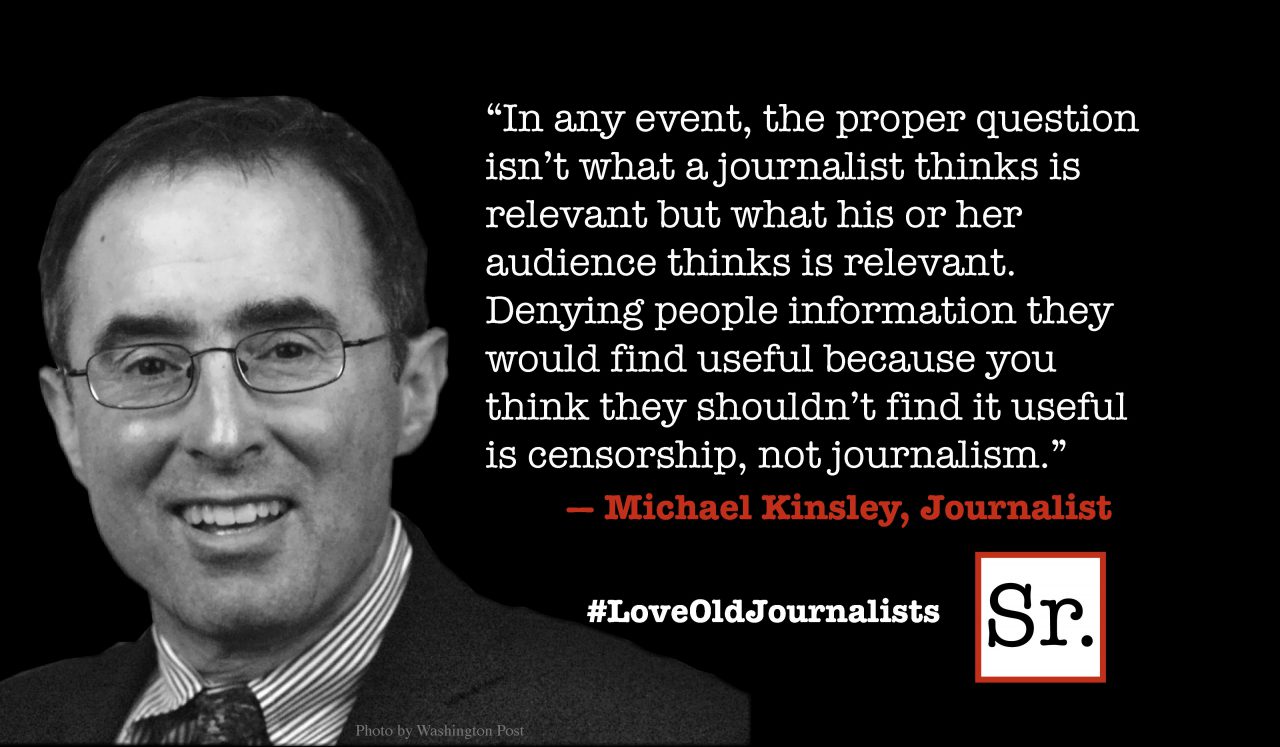A piece of fact-based historical uplift that flirts with sappiness but never succumbs, “Hidden Figures” is a late addition to the 2016 awards race.
The story it tells — largely unknown until the film’s publicity drive kicked in a few weeks ago — is kind of jaw dropping. And the three lead performances instantly land on the list of Oscar contenders.
During the early days of the American space program — back when a mechanical computer took up an entire floor of an office building — NASA hired two dozen mathematically gifted African American women to perform complex calculations using nothing more than their brains and slide rules.
These women were referred to as “computers” — that was their official job designation.
Despite being second-class citizens both on and off the job, they made possible John Glenn’s breakthrough orbital flight and gave the U.S.A. a fighting chance in the space race.
Writer/director Theodore Melfi (he was behind the sublimely funny Bill Murray starrer “St. Vincent”) balances the private stories of three of these women against the grand historic sweep of those years. The film works equally well as a satisfying celebration of personal triumph and as a symbol of national pride.
The screenplay (with Allison Schroeder) wastes no time in illustrating the times. Three “computers” are on their long daily commute to their jobs in north Virginia when their car breaks down. The white highway patrolman who investigates their stalled vehicle at first exhibits the overt racism of the times. Only when he learns that the three are helping Uncle Sam beat the Commies to the stars does he drop the attitude and ensure they are sent safely on their way.
Once at work, the women must put up with more crap. The space program (it wouldn’t take the name NASA for several years) and its white management practice what might be called “racism with a tight smile.”
The African American women work in their own building separate from everyone else. There is minimal interaction between them and the engineers and scientists who daily shower them with mathematical problems. Like the field hands of a Southern plantation, they produce the wealth but get none of the credit.
Each of the three women has a particular challenge to overcome. Mary Jackson (K.C.’s Janelle Monae in yet another terrific performance) — the youngest and sassiest of the trio — wants an advanced engineering degree, but getting it means crashing an educational program that is not only all men but all white. A court order is required to get her into the class.
Dorothy Vaughan (Octavia Spencder), the de facto leader of the black computers, is a programming genius. When not even IBM experts can get a huge new computer to operate properly, it is Dorothy who figures out how to prod the mechanical behemoth into action.
And then there’s Katherine Johnson (Taraji P. Henson, in a 180-turn from “Empire’s” scheming Cookie), who is so adept at instant calculations that space bigwig Al Harrison (an excellent Kevin Costner) gets her a desk in the throbbing heart of the progam’s think tank where she can contribute to creating “math that doesn’t exist yet. . . without it we’re going nowhere.”
Yet, despite her importance to the project, Katherine is required to drink coffee from a segregated urn and must race a half mile back to her old quarters because restrooms in the main building are “whites only.”
She endures various levels of racial antagonism from her fellow workers — among them characters portrayed by Kirsten Dunst and Jim Parsons — but eventually becomes so essential to the operation (she had an uncanny ability to calculate trajectories, set launch windows and establish emergency back-up return paths) that Harrison has her sit in on top-secret meetings where she can give near-instantaneous answers to baffling mathematical conundrums.
The three women’s working lives are contrasted with their private worlds of husbands and children. Henson’s Johnson, a widow, finds herself being courted by a charming military officer (the seemingly ever-present and always-excellent Mahershala Ali).
What emerges from all this is a stirring story of sisterhood, racial and sexual empowerment and can-do American determination.
It feels pretty damn good.









